Ayodhya
Might Be The Next Big Tourism Destination
Ayodhya is said to be one of seven holiestplaces for Hindus in India. In ancient times it was called Saket. It is said to be the birth place of Lord Rama.
Known to source of
timesnownews.com “The earlier plan accounted for an area of
16-18000 sq feet, but after the verdict the Temple will spread across
30000 sq ft of space. Now the workflow, as Ashish explains, involves
completing the Temple's foundation in the next three to four months
incorporating the work already done between 1992 and 1996 on 70,000
cubic feet of the temple’s plinth, ground and first floor walls.
The target is to complete the construction in about three and a half years before the Temple doors open to 80,000 - 1 lakh devotees & visitors who are expected to throng this place of worship every day.”
 Model OF Ram Mandir (Source)
Model OF Ram Mandir (Source)
#.
Hanuman Garhi Temple.
Hanuman Garhi is right at
the centre of the town. According to legends, Lord Hanuman lived here
in a cave and guarded the Ramkot which is the birth place of Ram. On
one side world is concerned about the Ram Mandir and Babri Masjid
controversy and on the other hand we noticed that muslims come to
praiselord Hanuman at the Hanuman Garhi temple and worship him as a
form of Ali happily.
You will find the statue of Maa Anjani
with Bal Hanuman seated on her lap. Devotees come here to pray to the
lord andask for their heart’s desire, as it is believed that your
wishes are granted here at Hanuman Garhi.
#. Dashrath
Mahal.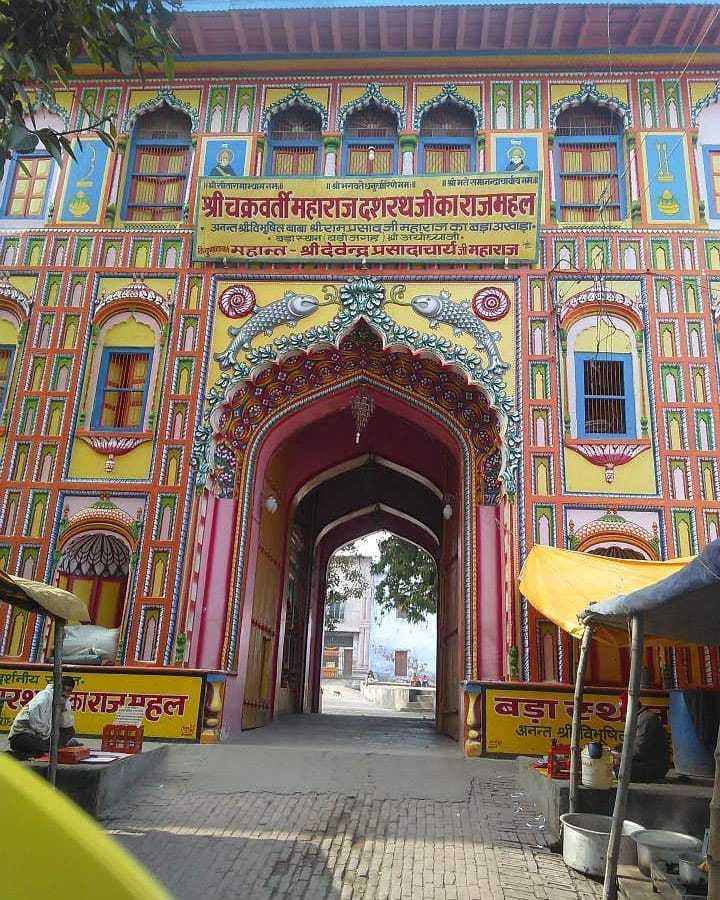 Dashrath
Mahal.
Dashrath
Mahal.
Just few steps ahead is
Dashrath Mahal. Known as Bada Asthan or Badi Jagah. It is the place
where Maharaja Dashrath, the father of Rama is believed to have
reside. The temple depicts Rama, Sita, Lakshmana,Bharat, Shatrughan
as chief deities. There are shops of sadhu padukas which are owned by
Muslims, also the garlands offered to Hanuman Garhi temple comes from
a Muslim shop.
Such unity in diversity makes us believe that
Ayodhya stands firm on brotherhood. It is looking for satisfaction
rather thancontroversies.
#. Janki
mahal.
Approx 2km ahead is Janki
mahal, also knownas Nepali Kothi.It was known as Sita-Ram Var Vivah
Kunj earlier, but later it was convertedinto a trust called the
Janaki Mahal Trust,which manages the temple today. 2km ahead is Kanak
Bhawan which was constructedby the Queen of Madhya Pradesh in 1891
and is also known as Sone-ka- Mandir.
#.
Kanak Bhawan.
The Kanak Bhawan is established towards the northeastern corner of the Ram Janmabhoomi in Tulsi Nagar. Constructed in 1891, this temple is also known as Sone-ka-Ghar.
The main temple surrounds an
open inner area which houses the sacred shrine of Rampada. Kanak
Bhawan was gifted by Kaikeyi to Sita in muh dikhayi. There are
beautiful idols of Goddess Sita along with Lord Ram and his three
brothers. Theses idols are wearing gold crowns.
#. Nageshwarnath Temple.
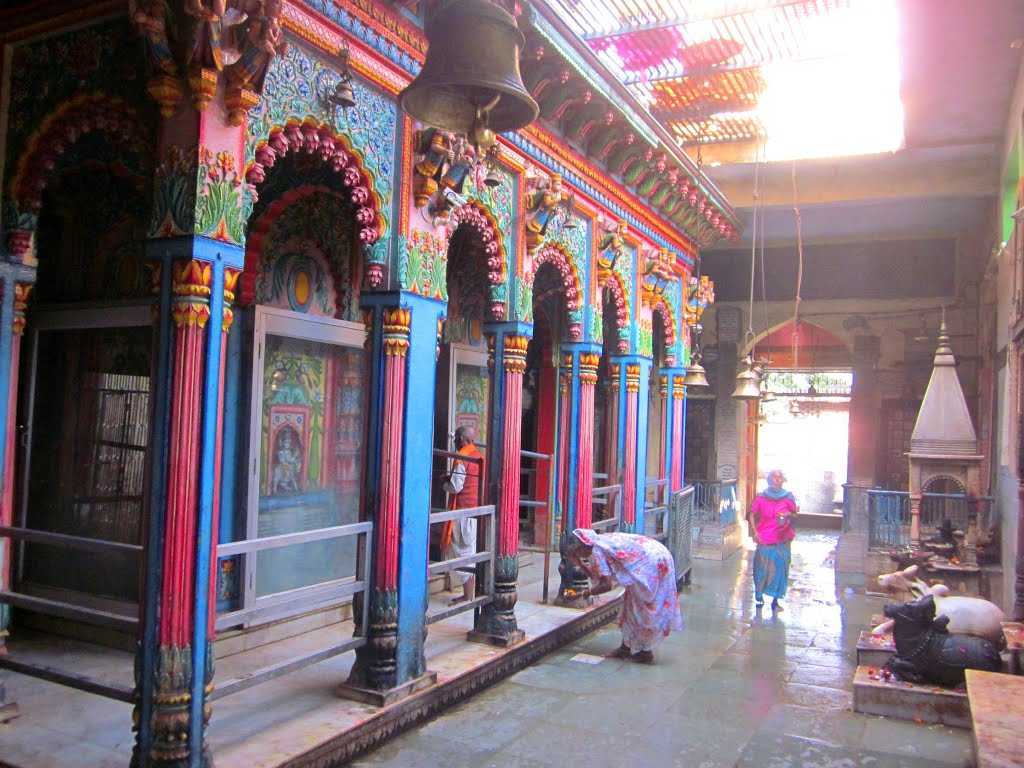
Nageshwarnath Temple
Nageshwarnath temple is 2.2
km ahead of Kanak Bhawan. While the rest of the city was in ruin and
covered by dense forest, Nageshwarnath temple allowed Vikramaditya,
legendary emperor ofancient india to recognize the city. It is said
to have been established by Kush, the son of Rama. Legend has it
that Kush lost his armlet, whilebathing in the Saryu, which was
picked up by a Nag-Kanya, who fell in love with him. As she was a
devotee of Shiva, Kush erected this temple for her.
Although this sacred site
continued to be in good maintenance since 750 AD, the current temple
is said to have been reconstructed in 1750 by Safar Jung's minister,
Naval Rai.
#. Gulab
bari.
7km ahead in Faizabad is Gulab bari, Also known as the Garden of Roses, the Gulab Bari is situated in Vaidehi Nagar. It is the Tomb of Nawab Shuja-ud-Daula. During his reign Faizabad attained prosperity,which it never saw again. Gulab Bari is a beautiful building of finearchitecture, standing in a garden surrounded by a wall, approachable through two largegateways constructed by Nawab himself in 1753.
#. Bahu
begum ka maqbara.
2.7 km ahead is Bahu begum ka maqbara. Nawabs wife, Bahu Begum was buried at the begum maqbara. She was a woman of great rank after whose death in 1816 the city of faizabad feel in decay. Bahu begum ka maqbara is one of the tallestbuildings in Faizabad and is a notable example of non-mughal muslim architecture. Sadly this monument is a victim of neglect and is crumbling. We weren't able to go at the top but it issaid that a fine view of the city is obtainable from the top of this tomb.
Opposite to Nageshwarnath temple is Saryughat where the river flows through Ayodhya, and is believed, rejuvenates it and washes away impurities. Saryu is also called the only river flowing beneath the earth. Every day at 6.15 pm Saryu aarti takes placeat the ghat praising the river goddess. And this is how our journey ended to the Land of Rama.
The
best time to visit.
The best time to visit
although is between October to December, both for its weather and the
festivities.
How
to Reach Ayodhya
The nearest airport to
Ayodhya is Faizabad Airport, at a distance of 8 km. the nearest major
airport from Ayodhya is Lucknow which is located 50km west from the
town. The Lucknow Airport is connected with the major cities in India
by regular flights. Alternatively, the Ayodhya railway station
is connected by daily trains to the cities in Uttar Pradesh
like Lucknow, Kanpur, Allahabad, Varanasi, and even Delhi. One can
also opt to reach Ayodhya by bus from the neighbouring cities in the
state.

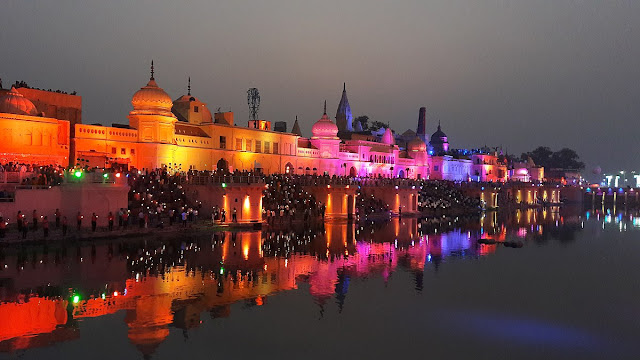


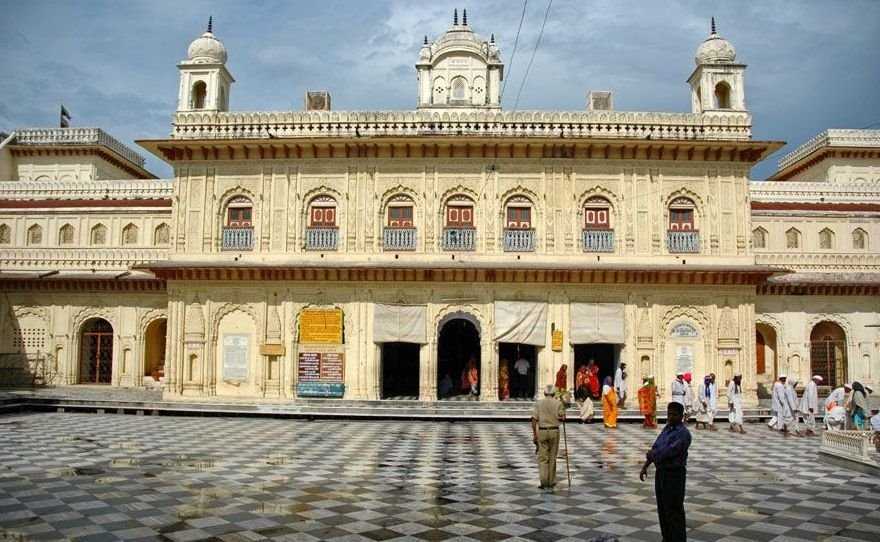
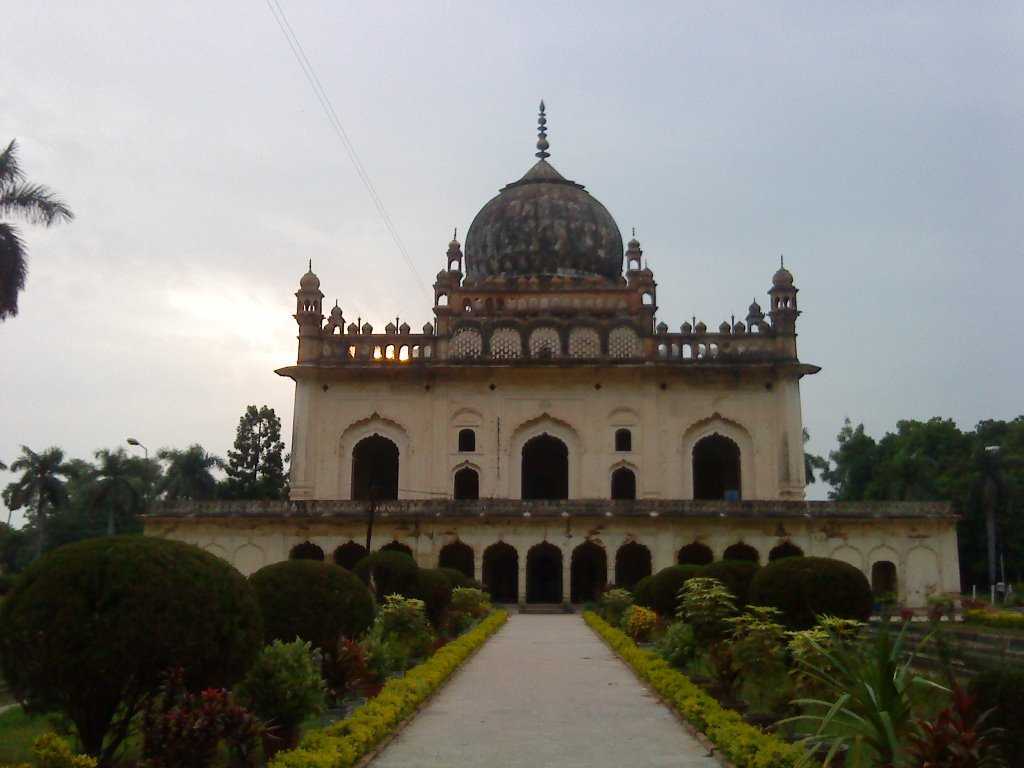
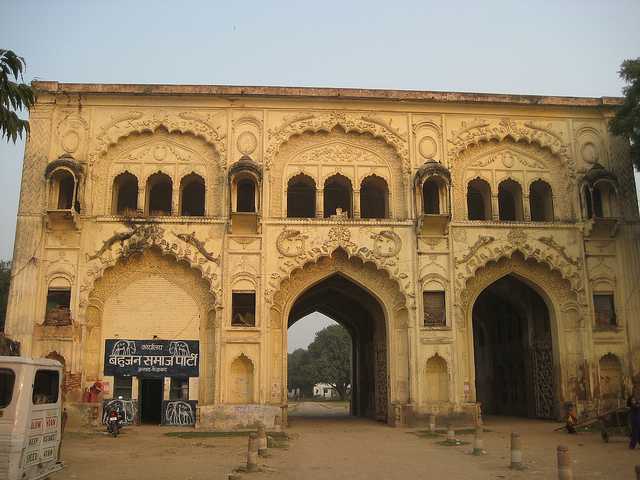



No comments:
Post a Comment